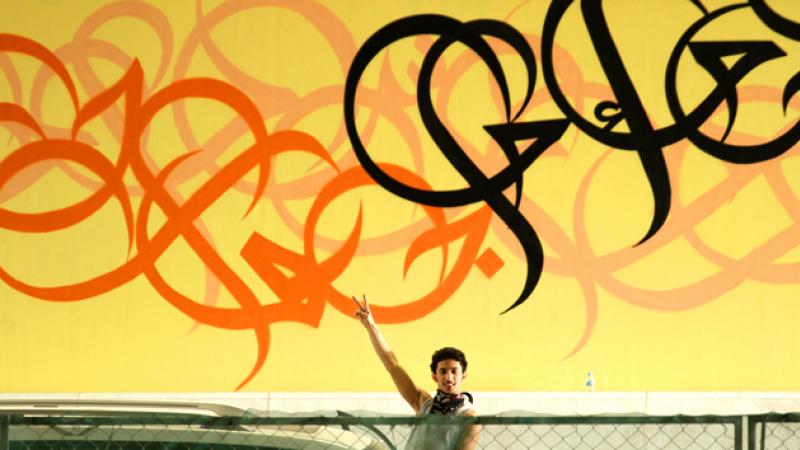
Do you know how many Arabic words there are for ‘love’? To celebrate UN Arabic Language Day, the British Council’s Faraan Sayed shares some lesser-known facts about the language.
There are more than 400 million Arabic speakers in the world
Arabic is the official language of the 22 countries that form the Arab League. There are more than 300 million Arabic speakers across the world, though they predominantly live in the region stretching across the Middle East and North Africa. It is also one of the six official languages of the United Nations (UN). Yet, in the UK, only one per cent of the adult population can hold a basic conversation in Arabic.
Arabic has different forms depending on the context in which it’s used
Arabic is a Central Semitic language, closely related to Aramaic and Hebrew. Standard or Classical Arabic – Fus’ha – is the distinct form of the language used in media, newspapers, literature and other formal settings. ‘Aamiya, which is colloquial (spoken) Arabic, has many forms that are used in ordinary conversation, and it varies from country to country, and even town to town. The different forms are used side by side to serve different functions in society.
At its core, Arabic developed through a predominantly oral and poetic tradition that flourished in the Arabian Peninsula before the emergence of Islam and a codified Arabic script. The Arabic script is widely used in art through calligraphy and it is now common to see more modern and contemporary Arabic art being produced; some of it uses a fusion of calligraphy and graffiti, known as ‘calligraffiti’.
Arabic constructs words from basic roots
As in other Semitic languages, Arabic has a complex and unusual method of constructing words from a basic root. This means that a pattern of three letters such as ‘k-t-b’, will always be the foundation of words that have the semantic field of ‘writing’, such as the work ‘kitaab’ which means ‘a book’ and ‘maktab’ which means ‘a desk or office’. Using the root system means that direct translation, particularly of poetic texts, is often difficult – the root of a word may contain a meaning that could take a few sentences to translate. However, this can be beneficial, and the beauty of it is that it conveys a depth of both meaning and emotion unmatched by many languages.
There are at least 11 words for ‘love’ and hundreds of words for ‘camel’
Arabic has at least 11 words for love and each of them conveys a different stage in the process of falling in love. The word ‘hawa’, for example, describes the initial attraction or inclining of the soul or mind towards another. The term comes from the root word ‘h-w-a’ – a transient wind that can rise and fall.
‘Alaaqa’, which comes from the root word (‘a-l-q) which means ‘to cling on to’ describes the next stage when the heart begins to attach itself to the beloved, before evolving into a blind desire ‘ishq’ and all-consuming love ‘shaghaf’. The final stage of falling in love, ‘huyum’, describes the complete loss of reason.
Interestingly, the most common word for love in Arabic, ‘hubb’, comes from the same root as the word ‘seed’ – that which has the potential to grow into something beautiful.
The word for heart, ‘qalb’, comes from the root word (q-l-b), meaning to flip or turn something over. Although the word refers to the physical heart, spiritually the root word becomes appropriate when we think of our hearts as something constantly turning over emotions, decisions and opinions. Be careful to pronounce the first letter correctly as the word ‘kalb’ translates as ‘dog’, and is very insulting.
Written by Faraan Sayed
Image: ‘Some contemporary Arabic art fuses calligraphy with graffiti (calligraffiti).’ Photo © Public Art (QMA), licensed under CC BY 2.0 and adapted from the original.
Publication date: 18 December 2015
- See Faith-Based NGO’s in the Arab World.
- Do your part by giving Free Donations through our unique Click-to-Help platform without cash, credit card or registration.




Copyright © 2024 The Olive Tree SAL, all rights reserved. Terms of Use | Privacy Policy